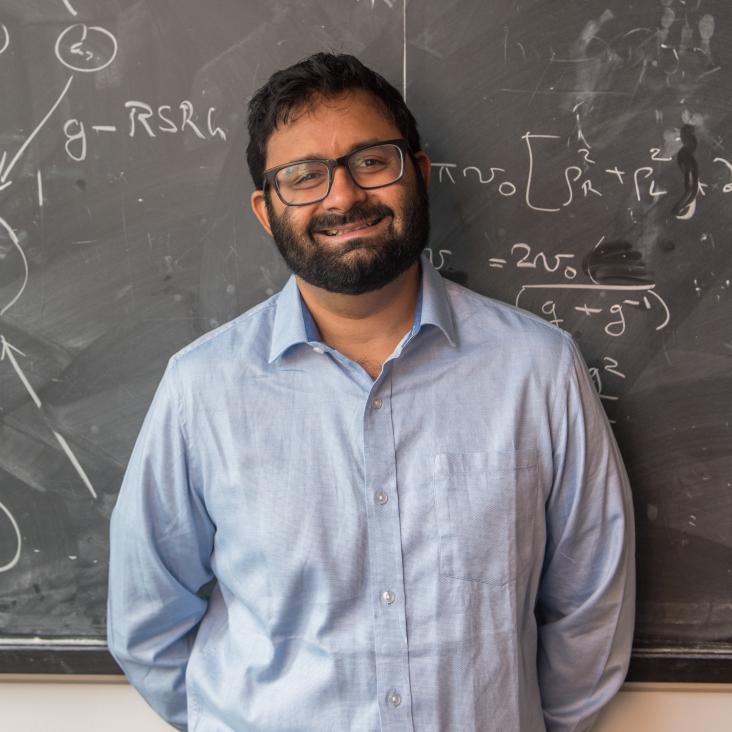Divergent nonlinear response from quasiparticle interactions
Physical Review Letters American Physical Society
Excitonic fractional quantum Hall hierarchy in Moiré heterostructures
Physical Review B: Condensed Matter and Materials Physics American Physical Society
Abstract:
We consider fractional quantum Hall states in systems where two flat Chern number $C=\pm 1$ bands are labeled by an approximately conserved 'valley' index and interchanged by time reversal symmetry. At filling factor $\nu=1$ this setting admits an unusual hierarchy of correlated phases of excitons, neutral particle-hole pair excitations of a fully valley-polarized `orbital ferromagnet' parent state where all electrons occupy a single valley. Excitons experience an effective magnetic field due to the Chern numbers of the underlying bands. This obstructs their condensation in favor of a variety of crystalline orders and gapped and gapless liquid states. All these have the same quantized charge Hall response and are electrically incompressible, but differ in their edge structure, orbital magnetization, and hence valley and thermal responses. We explore the relevance of this scenario for Moir\'e heterostructures of bilayer graphene on a hexagonal boron nitride substrate.Global phase diagram of the normal state of twisted bilayer graphene
Physical Review Letters American Physical Society
Abstract:
We investigate the full doping and strain-dependent phase diagram (absent superconductivity) of magic-angle twisted bilayer graphene (TBG). Using comprehensive Hartree-Fock calculations, we show that at temperatures where superconductivity is absent the global phase structure can be understood based on the competition and coexistence between three types of intertwined orders: a fully symmetric phase, spatially uniform flavor-symmetry-breaking states, and an incommensurate Kekul\'e spiral (IKS) order. For small strain, the IKS phase, recently proposed as a candidate order at all non-zero integer fillings of the moir\'e unit cell, is found to be ubiquitous for non-integer doping as well. We demonstrate that the corresponding electronic compressibility and Fermi surface structure are consistent with the 'cascade' physics and Landau fans observed experimentally.Hydrodynamic non-linear response of interacting integrable systems
Proceedings of the National Academy of Sciences of USA National Academy of Sciences
Abstract:
We develop a formalism for computing the non-linear response of interacting integrable systems. Our results are asymptotically exact in the hydrodynamic limit where perturbing fields vary sufficiently slowly in space and time. We show that spatially resolved nonlinear response distinguishes interacting integrable systems from noninteracting ones, exemplifying this for the Lieb-Liniger gas. We give a prescription for computing finite-temperature Drude weights of arbitrary order, which is in excellent agreement with numerical evaluation of the third-order response of the XXZ spin chain. We identify intrinsically nonperturbative regimes of the nonlinear response of integrable systems.Kekulé spiral order at all nonzero integer fillings in twisted bilayer graphene
Physical Review X American Physical Society


